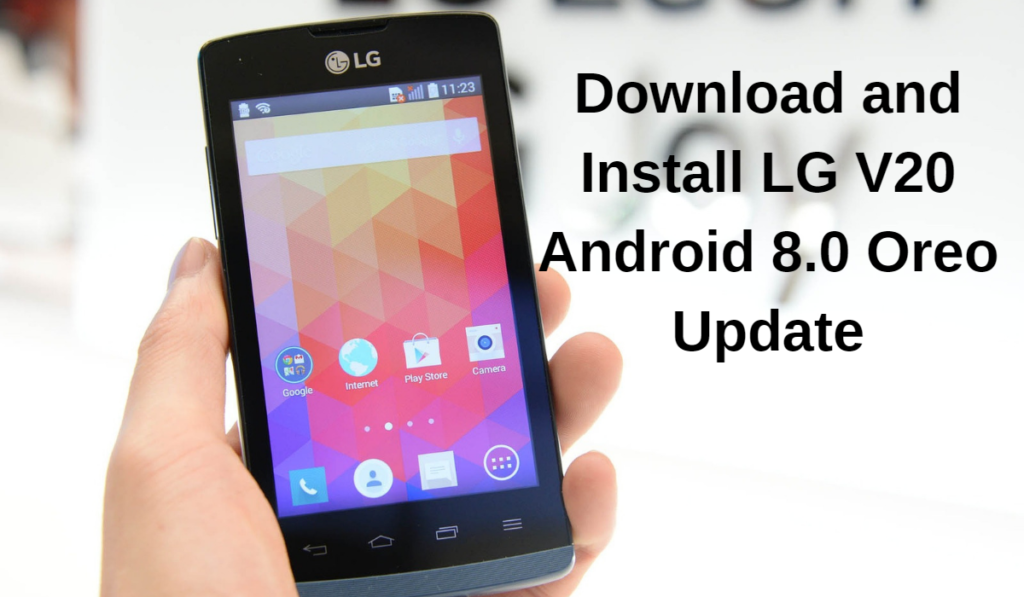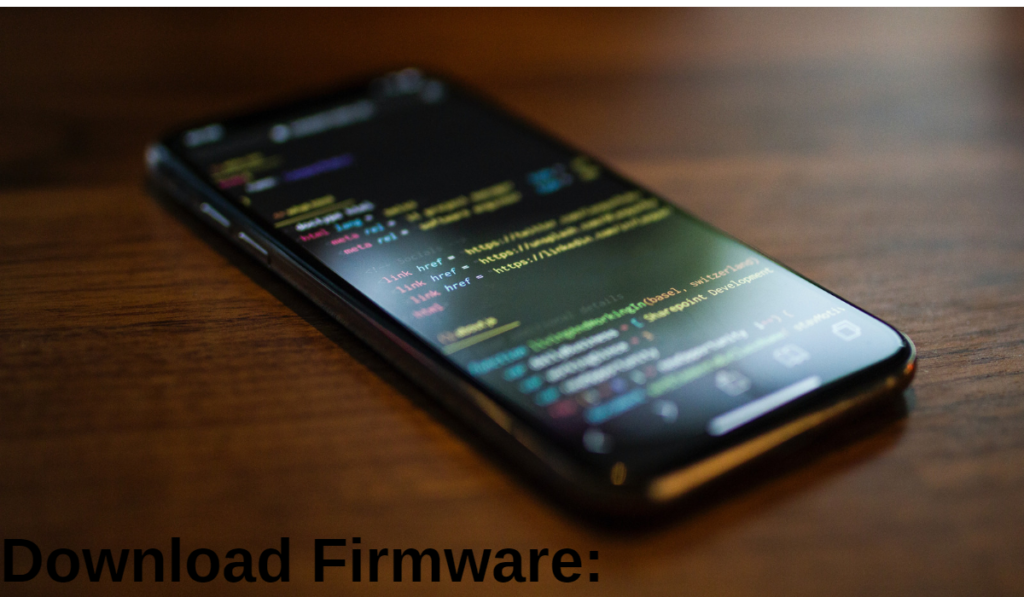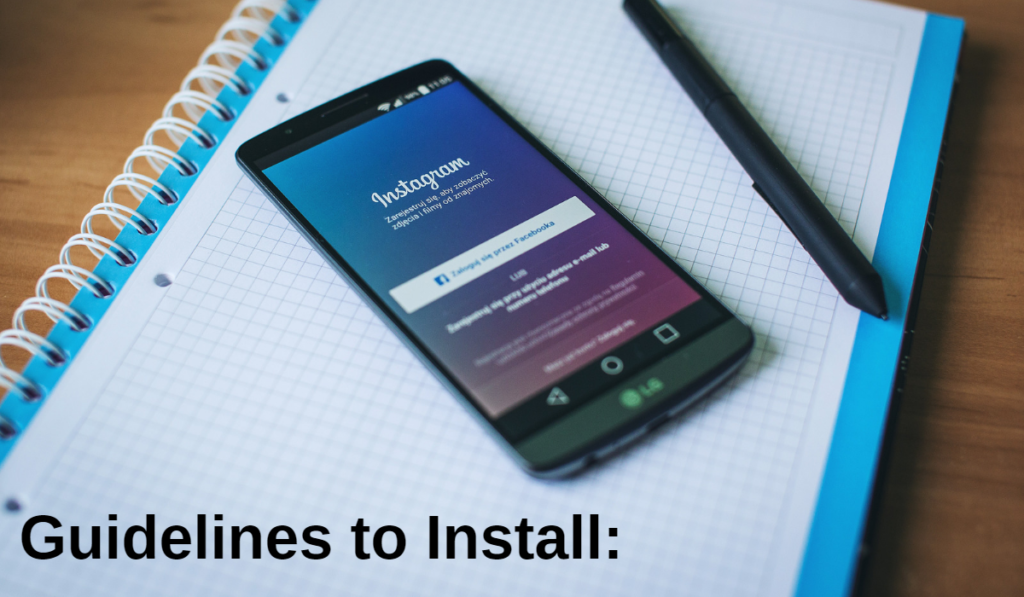
To download and install the LG V20 Android 8.0 Oreo update, you can follow these steps:
- Connect your LG V20 to a Wi-Fi network.
- Go to the “Settings” app on your device.
- Scroll down and select “Software update.”
- If an update is available, follow the on-screen instructions to download and install the LG V20 8.0 update.
It is recommended to have a fully charged battery and a stable Wi-Fi connection before proceeding with the LG V20 8.0 update. Installing the update may take several minutes, and your device may restart several times during the process.
The availability of the LG V20 8.0 update may vary depending on your carrier and region. If the update is not available through the normal update process, you may need to contact your carrier for further assistance. You may be able to install the update manually using firmware from the manufacturer’s website.
Android 8.0 Oreo Changelog:
The Android 8.0 Oreo update for the LG V20 introduces several new features and improvements over the previous Android version. Some of the key changes in the LG V20 8.0 update include:
- Picture-in-picture mode: Allows you to watch a video in a small window while performing other tasks on your device.
- Notification dots: Displays a dot on app icons to indicate new notifications.
- Autofill framework: Automatically fills in forms and login credentials in supported apps.
- Google Play Protect: Enhanced security features to keep your device and data safe.
- Smart Text Selection: Automatically recognizes the meaning of selected text and provides relevant actions.
- Background Limits: Improves battery life by limiting the amount of background activity.
These are just some of the major changes introduced in the LG V20 8.0 update. There are many other improvements and under-the-hood optimizations included in this release. By updating to Android 8.0 Oreo, you will have access to the latest features and performance improvements from Google.
Some of these features may vary depending on your device and carrier. The exact list of changes in the LG V20 8.0 update may differ from the list provided here, as some features may be added, removed, or modified after the initial release.
How to check OTA Update on V30 manually?
To check for an OTA (over-the-air) update on the LG V30, you can follow these steps:
- Go to the “Settings” app on your device.
- Scroll down and select “Software update.”
- Tap on “Download and install.”
- If an update is available, you will see a notification to download and install the latest update.
The availability of OTA updates may vary depending on your carrier and region. You may need to wait for the update to become available, or contact your carrier for further assistance. Some carriers may require you to be connected to Wi-Fi and have a certain battery level to download the update.
It’s recommended to regularly check for OTA updates to keep your device up-to-date and secure. By updating to the latest software version, you can enjoy new features and performance improvements from LG. It’s important to backup your data before installing any updates, as the update process may erase or modify your data.
Download Firmware:

To download firmware for the LG V20 8.0 update, you can follow these steps:
- Visit the LG website and navigate to the support section.
- Select “Mobile Phones” and then “LG V20.”
- Find the firmware section and select the appropriate firmware version for your device.
- Download the firmware to your computer.
It’s important to make sure you download the correct firmware for your device. Installing the wrong firmware can cause serious problems, including rendering your device inoperable. Before downloading the firmware, be sure to check your device’s model number and software version to ensure that you are downloading the correct firmware.
Once you have downloaded the firmware, you can use a tool such as LGUP to install it on your device. It’s recommended to follow the instructions provided by LG carefully, as the process of installing firmware can be complex and may void your device’s warranty.
Steps to Install LG V20 Android 8.0 Oreo Update manually:
If you prefer to install the LG V20 8.0 update manually, you can follow these steps:
- Download the firmware for your device from the LG website.
- Download the LGUP tool and install it on your computer.
- Connect your device to your computer using a USB cable.
- Launch LGUP and select the appropriate firmware version for your device.
- Follow the on-screen instructions to install the firmware on your device.
The manual installation process can be complex and may void your device’s warranty. Installing the wrong firmware can cause serious problems, including rendering your device inoperable. Before proceeding with the manual installation process, make sure you have backed up your data and that you understand the risks involved.
If you are unsure about the manual installation process, it’s recommended to contact LG support for further assistance. They can provide you with the necessary tools and guidance to help you complete the firmware update process.
Pre-Requisite:
Before starting the process of installing the LG V20 8.0 update, it’s important to make sure that your device meets the following pre-requisites:
- Your device should have at least 50% battery life to prevent any interruptions during the update process.
- You should back up all of your important data, as the update process may erase your data.
- Make sure your device is running the latest software version.
- You should have a computer and a USB cable to connect your device to the computer.
- Make sure to download the appropriate firmware and LGUP tool from the LG website.
It’s important to carefully follow these pre-requisites to avoid any problems during the update process. If you are unsure about the pre-requisites or the update process in general, it’s recommended to contact LG support for further assistance.
Guidelines to Install:

When installing the LG V20 8.0 update, it’s important to follow the guidelines carefully to ensure a successful and seamless update process. Here are the guidelines to follow:
- Make sure your device meets the pre-requisites.
- Download the firmware and the LGUP tool from the LG website.
- Connect your device to the computer using a USB cable.
- Launch the LGUP tool and select the appropriate firmware version.
- Follow the on-screen instructions to install the firmware.
It’s important to follow these guidelines carefully to avoid any problems during the update process. If you are unsure about any step, it’s recommended to contact LG support for further assistance. The update process may take several minutes, so be patient and do not interrupt the process.
Frequently Ask Questions
What Android version is lgv20?
The LG V20 is a smartphone that was released in 2016 and initially shipped with Android 7.0 Nougat. The device has since received several software updates, including the Android 8.0 Oreo update. This update brought new features, improved performance, and security improvements to the device.
The availability of the Android 8.0 Oreo update for the LG V20 may vary depending on the region and carrier. If your device has not yet received the lg v20 8.0 update, you can check for the update manually or contact LG support for further assistance.
The Android 8.0 Oreo update is a recommended update for the LG V20, as it brings new features and improved performance to the device.
How can I update Android 4.0 to Android 8?
Updating an older device from Android 4.0 to Android 8.0 can be a significant upgrade that brings new features, improved performance, and security enhancements to your device. Not all devices are eligible for this update.
To determine if your device is eligible for the update to Android 8.0 Oreo, you can check your device’s specifications and the manufacturer’s website for any updates. If your device is eligible, you can follow the instructions provided by the manufacturer to install the update.
If your device is not eligible for the update to Android 8.0 Oreo, it may still be possible to upgrade to a newer version of Android. This may require more advanced technical skills, such as rooting your device or installing a custom ROM.